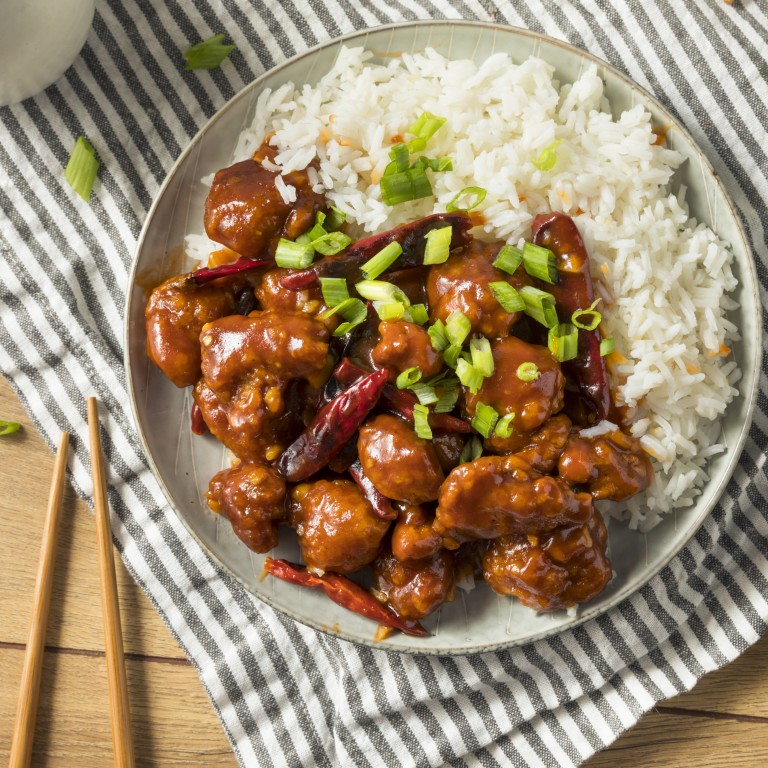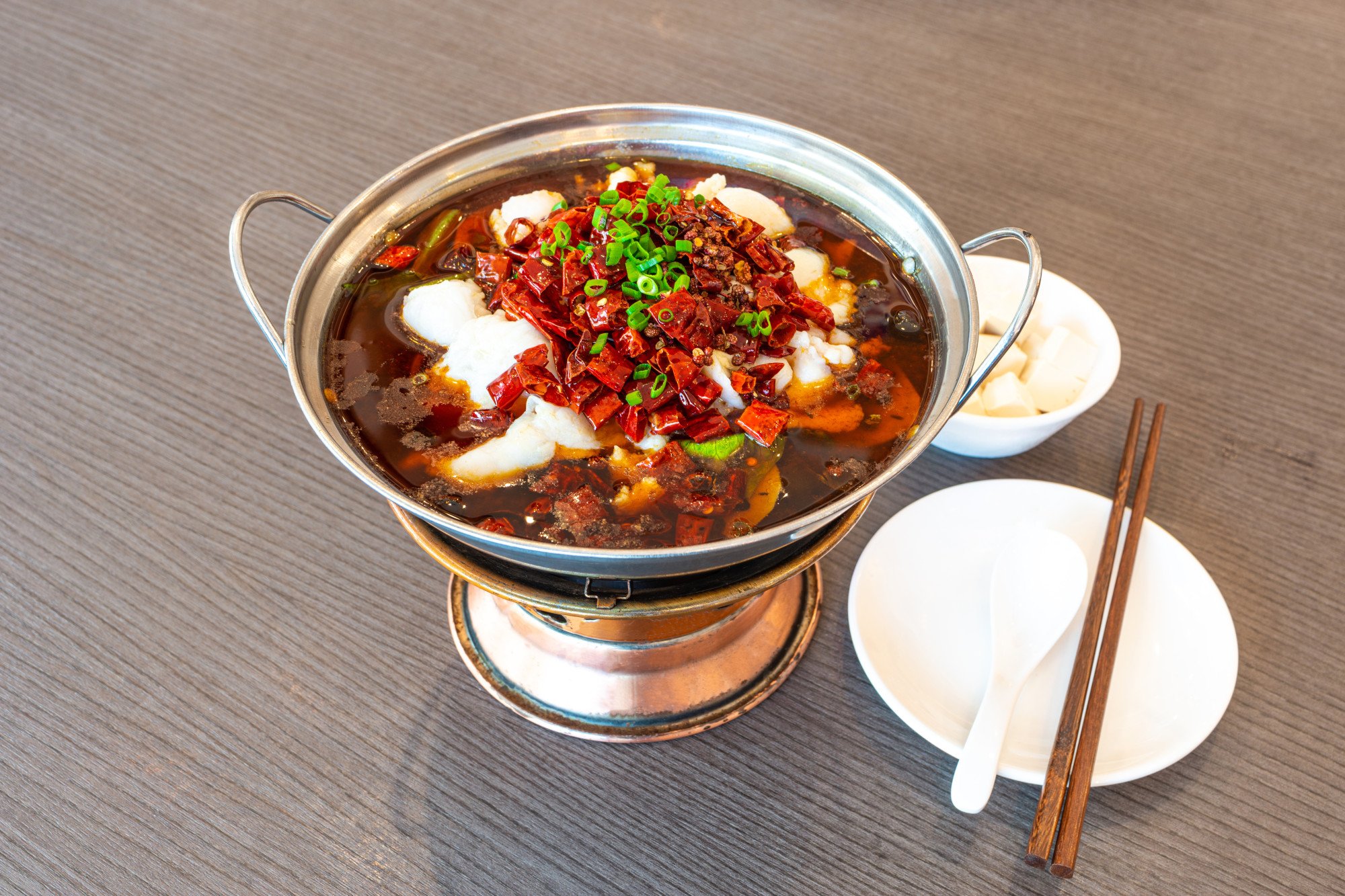
I tried Chinese-American food in the US and I liked it. Who wouldn’t? Never mind the purists – what’s ‘original’ about food in China anyway?
- On holiday in the United States, Wee Kek Koon can’t help trying Chinese-American food – as well as matzo balls, latkes and a slice of American pie
- So-called purists challenge the eating of ‘fake Chinese food’, but diets in China have changed thanks to imports such as garlic, sesame, and chilli peppers
I’m holidaying in the United States, a country that is at once familiar and not – familiar because there’s practically no escape from American movies, TV shows, news and popular culture in the last few decades; not familiar because this is only my second visit ever to the country.
Even before we arrived, we had decided that we wouldn’t be the sort of travellers who, when they visit a foreign country, make a beeline for restaurants that serve food from back home. We’re not flying 19 hours across several time zones to have a bowl of wonton noodles, no matter how good it may be.
We’re going to have matzo balls and latkes in a Jewish deli, and cuisines from at least half a dozen Latin American countries. I’ll finally find out what grits and collard greens taste like, and I want to sit at the counter in a diner and order me a slice of Americana from a glass-covered pie stand.
How Chinatown restaurants and food aren’t what they used to be
Having said that, our travel plans include a Chinese-American meal in San Francisco’s historic Chinatown. As a child, I was fascinated with Chinese-American dishes like chop suey and General Tso’s chicken. What were these Chinese foods that Americans enjoyed that I had never even seen, much less tasted, growing up in Singapore?
Ironically, it was our Chinese Malaysian and Chinese Singaporean friends who made the most noise about our choice to “waste our calories” on what they called “fake Chinese food”.
It’s ironic because a lot of what’s often considered Chinese food in Malaysia and Singapore are not found in China.
Instead of dismissing Chinese-American food, or any kind of diaspora cuisine, as an inferior copy of the original, why don’t we take them as they are, and judge them on their own merits?
Besides, what’s “original” anyway?
Chinese cuisine has evolved, not always for the better
The foods that the ancient Chinese ate were very different from what we know as Chinese cuisine today. Many foods and ingredients that modern-day Chinese take for granted weren’t native to China, but imported from somewhere else at various points in the past.
Zhang Qian, an envoy of the Western Han dynasty, travelled in Central Asia from 139 to 126 BC, a historic journey that opened up the overland Silk Road.
It was along this Silk Road that new foods and ingredients from Central Asia and further west, such as cucumbers, garlic, sesame and coriander, were brought to China, where they took root and became part of the Chinese diet.
How Hong Kong has absorbed and adapted foreign cuisines
Among the Chinese people living in the Han or Ming dynasties who encountered foods made with these strange ingredients for the first time, there would be “purists” who dismissed these unfamiliar flavours as exotic creations, perhaps even a travesty of Chinese food.
Luckily for us today, there were sufficient numbers of adventurous people who were willing to try new foods, decided they liked them, and made them part of the Chinese culinary tradition.

I rather enjoyed our hearty meal of chop suey, General Tso’s chicken, crab Rangoon and egg rolls. They were interesting, and I do see why people like them.
The icing on the cake was the fortune cookie at the end, for no Chinese-American culinary experience is complete without it.

